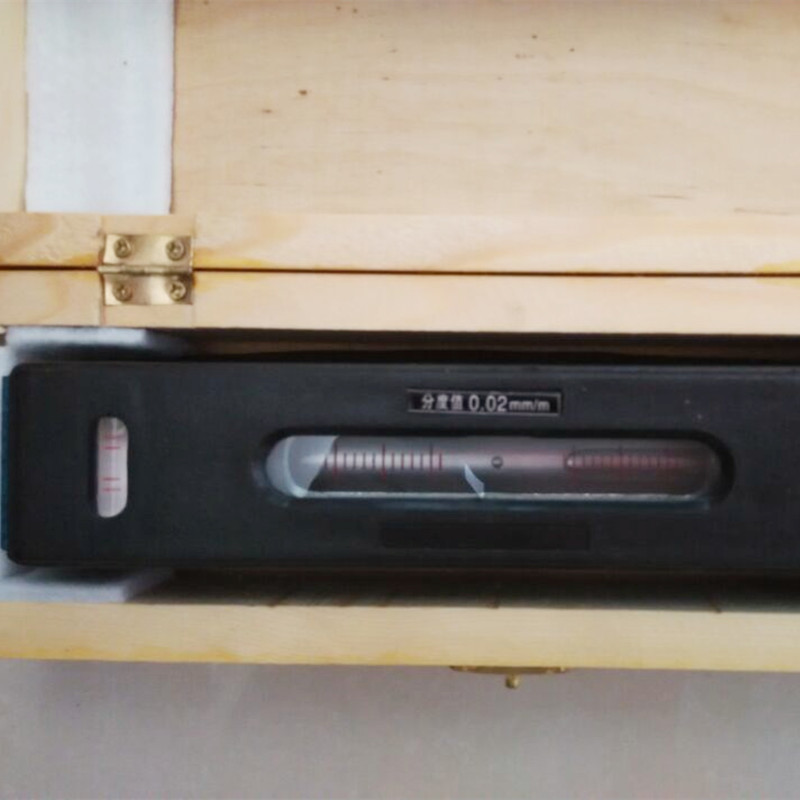ਦਸੰ. . 03, 2024 20:02 Back to list
Exploring Three Main Categories of Control Valves for Industrial Applications
Three Types of Control Valves An Overview
Control valves play a critical role in various industrial processes by regulating fluid flow, pressure, temperature, and level. They are essential components in systems where precise control is necessary for efficiency, safety, and reliability. Among the many types of control valves, three stand out due to their widespread use and particular characteristics globe valves, ball valves, and butterfly valves. Each type has unique attributes that make it suitable for specific applications.
1. Globe Valves
Globe valves are among the most commonly used types of control valves in various industries. They are characterized by their spherical body shape and a movable disk or plug that regulates the flow of fluid through the valve. The flow path within a globe valve creates a significant pressure drop, allowing for precise control of fluid flow rates.
One of the major advantages of globe valves is their ability to perform well in throttling applications, which makes them ideal for scenarios where variable flow rates are required. They can handle a wide range of temperatures and pressures, making them suitable for use in steam, water, and gas applications.
However, globe valves also have some disadvantages. The design tends to create a substantial pressure drop, which can be inefficient in certain systems. Additionally, they may require more force to operate compared to other valve types, leading to increased wear over time. Despite these drawbacks, globe valves are often favored for their reliability and control in precise flow conditions.
2. Ball Valves
Ball valves are another popular choice for control applications. Their design features a spherical disc (the ball) that rotates to open or close the flow path. When the ball is turned 90 degrees, the hole in the ball aligns with the flow path, allowing fluid to pass through; turning it back closes the flow.
three types of control valves

One of the primary advantages of ball valves is their quick operation. They can be fully opened or closed in just a quarter turn, which makes them excellent for applications requiring rapid shutoff. Additionally, ball valves provide a tight seal with minimal leakage when closed. This makes them ideal for on/off control in high-pressure and high-temperature systems.
However, ball valves are often not as effective as globe valves for precise flow control, especially in situations where variable flow rates are necessary. They are typically best suited for applications where the valve is either fully open or fully closed. Ball valves can also be more expensive than other types, although their durability often justifies the cost.
3. Butterfly Valves
Butterfly valves are distinctive for their simple design and are generally lightweight, making them a popular choice for applications that require space-saving solutions. They consist of a circular disc mounted on a rod, which pivots to open or close the flow passage. The simplicity of the design allows for quick opening and closing and makes butterfly valves suitable for large diameter pipes.
One of the significant advantages of butterfly valves is their low-pressure drop, making them extremely energy-efficient in conditions demanding high flow rates. They are widely used in water treatment plants, HVAC systems, and various process industries due to their versatile nature.
However, butterfly valves typically do not provide the same level of control as globe valves, particularly in throttling applications. The flow control characteristics depend heavily on the valve's size and type, which can limit their effectiveness in specific scenarios. Additionally, butterfly valves may not offer the same level of sealing as ball or globe valves, although advancements in design have significantly improved their leakage performance.
Conclusion
In conclusion, the choice of control valve—whether it be a globe valve, ball valve, or butterfly valve—depends largely on the specific requirements of the application at hand. Globe valves are favored for precise flow control, ball valves for quick on/off functionality, and butterfly valves for efficient flow in larger systems. Understanding the strengths and weaknesses of each type can help engineers and technicians select the most appropriate control valve for their applications, ultimately contributing to system efficiency and safety. As industries continue to evolve, the development and adaptation of control valves will play an essential role in meeting modern engineering challenges.
-
Thread Plug Gauge Our Promise of Measurement ExcellenceNewsAug.22,2025
-
Gauge Pin Class Reflecting Quality LegacyNewsAug.22,2025
-
Check Valve Types for High Rise BuildingsNewsAug.22,2025
-
Water Control Valve for Irrigation SystemsNewsAug.22,2025
-
Gate Valve with Soft Seal TechnologyNewsAug.22,2025
-
Y Type Strainer for Oil and Gas ApplicationsNewsAug.22,2025
Related PRODUCTS









